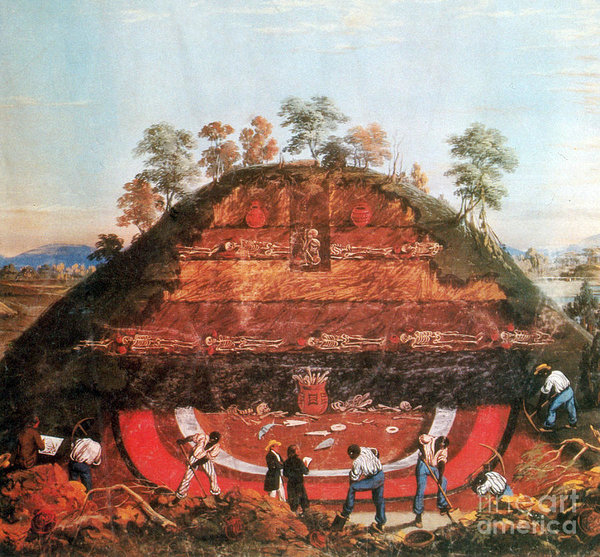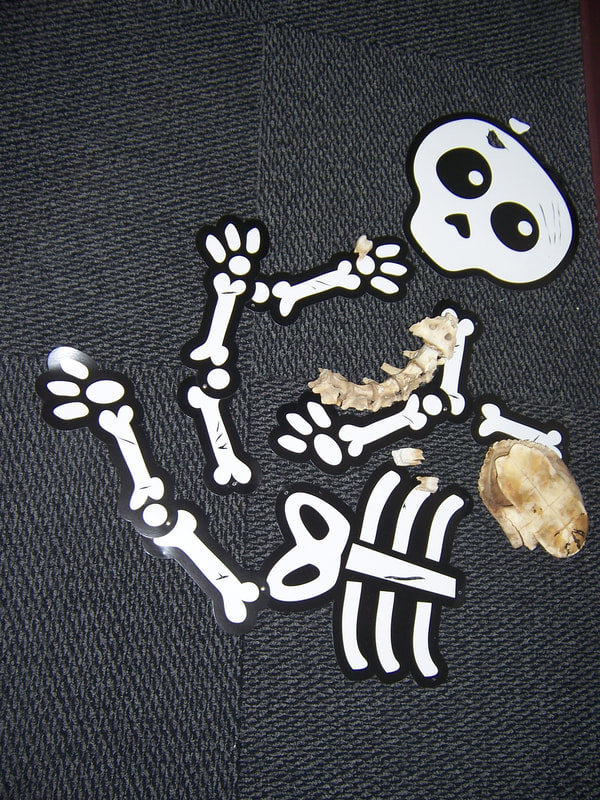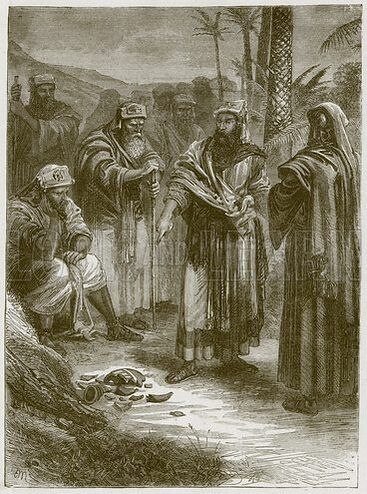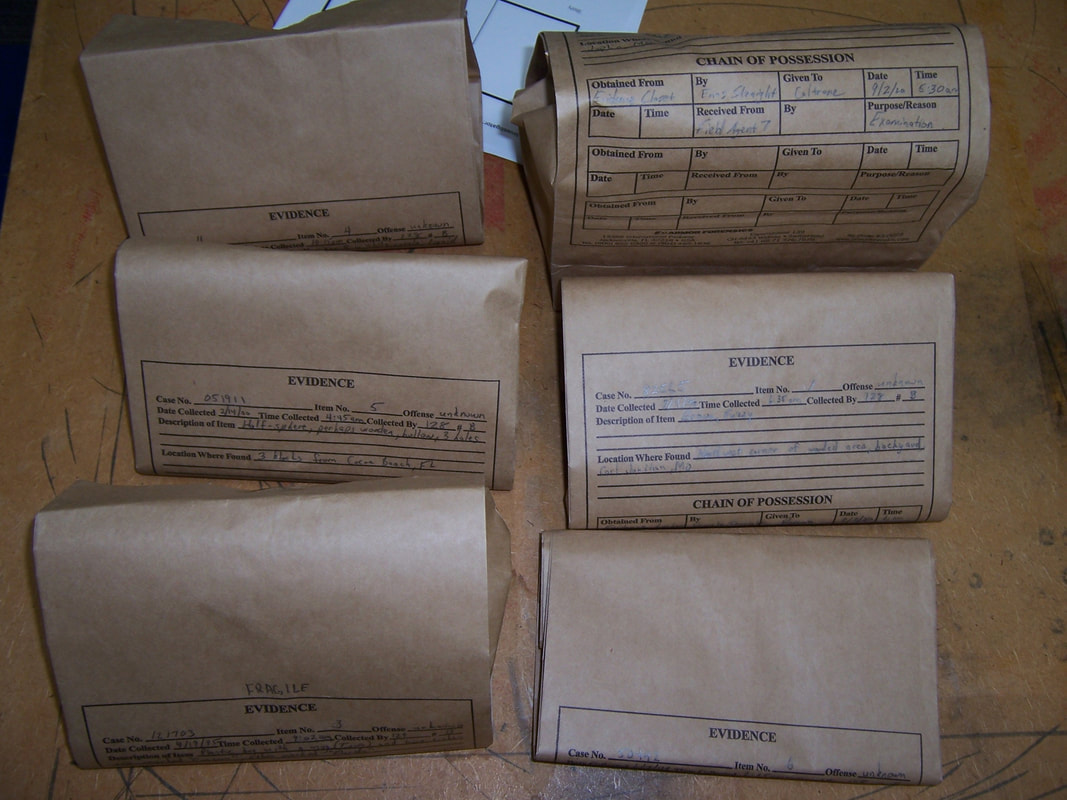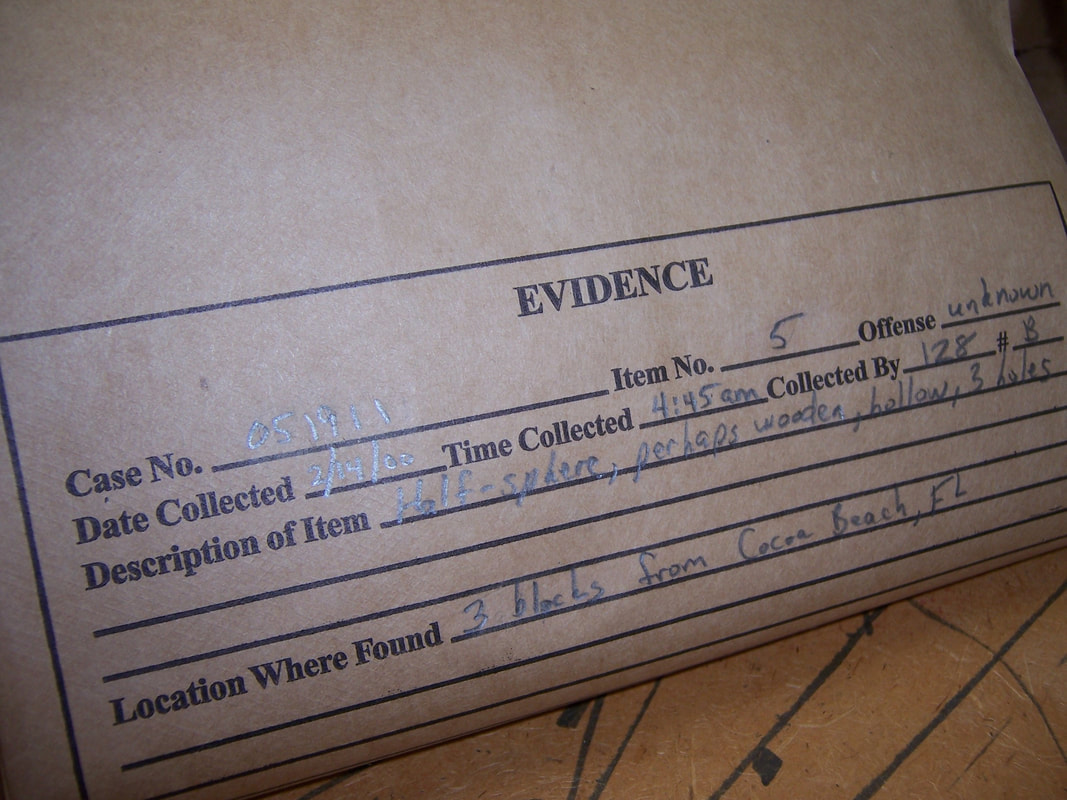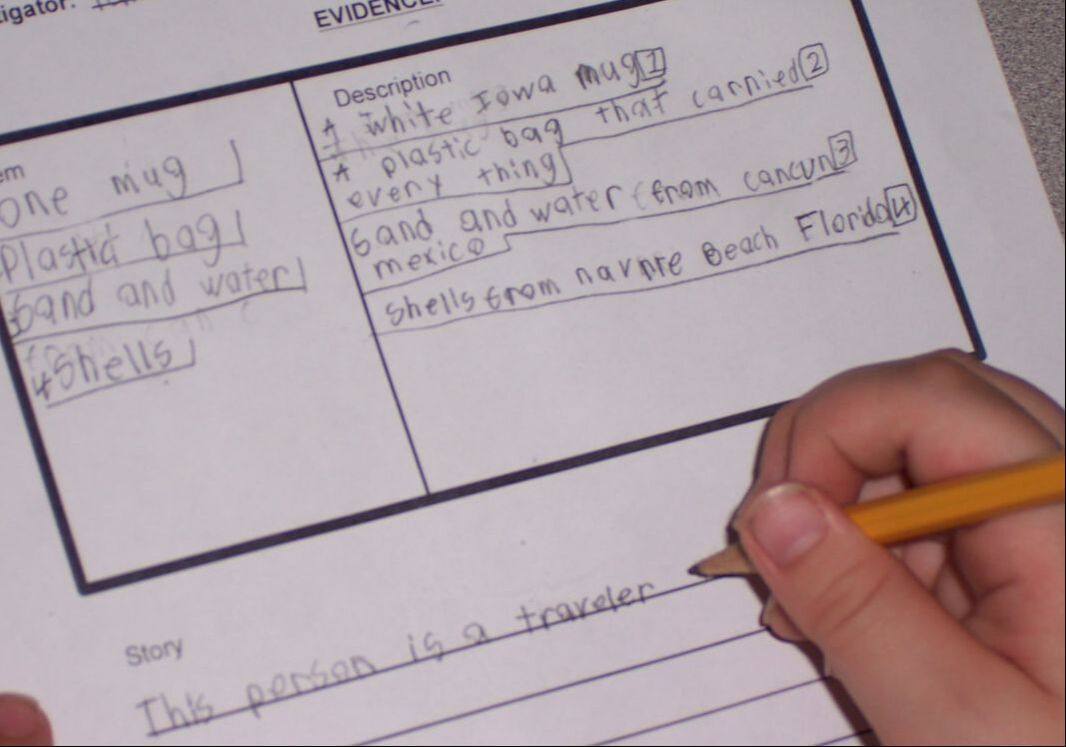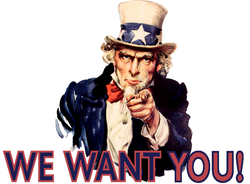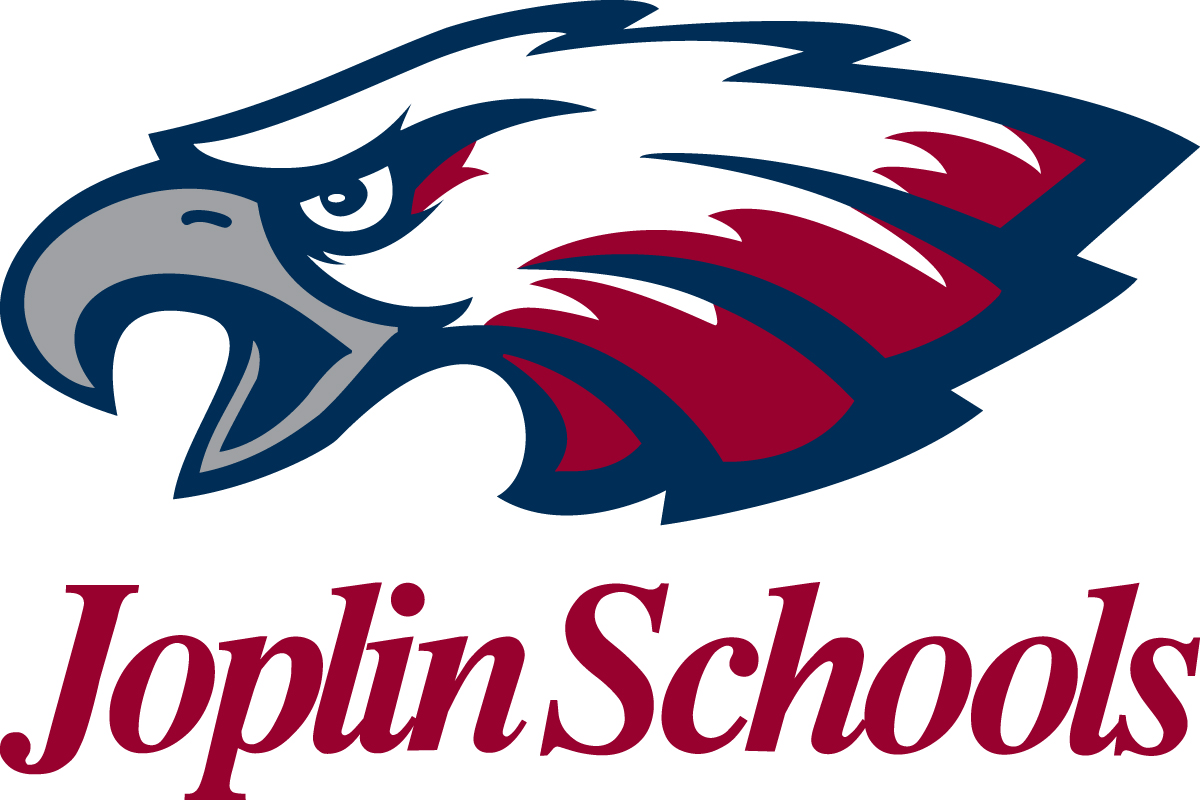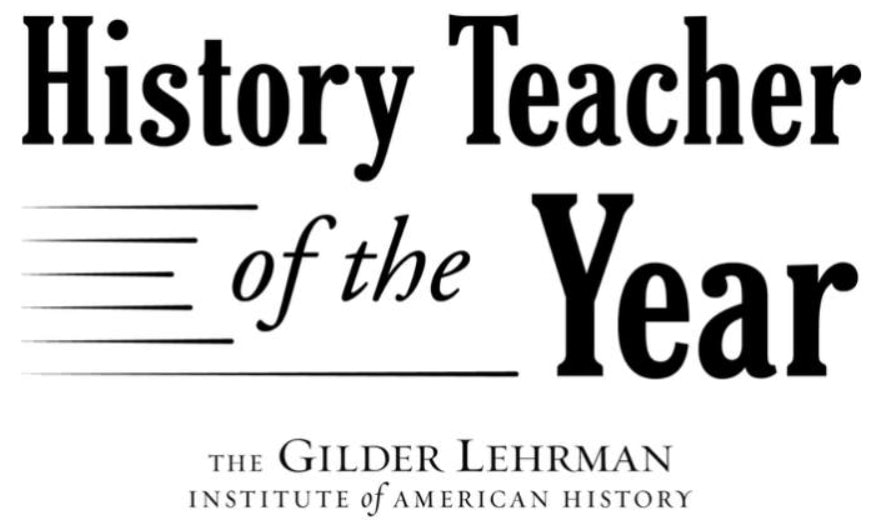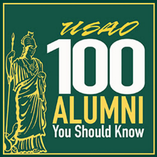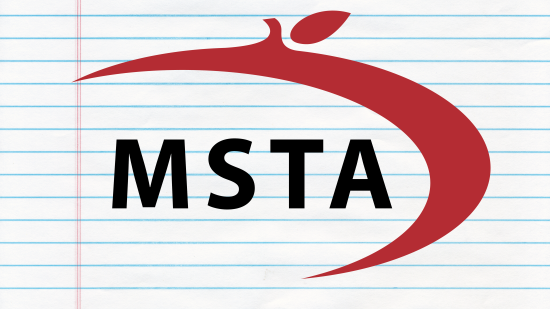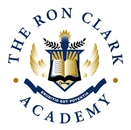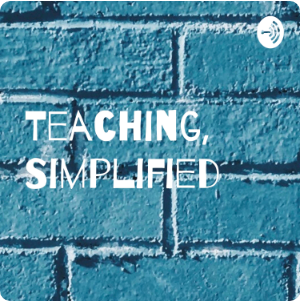Interactive DevotionalExamine the artwork displayed. What details do you notice? What do you not understand or know about this piece? The video below is from the Cahokia Mounds (AD 700-1400) in Illinois. We won’t watch it in class; it is supplementary for those interested: Cahokia - City of the Sun. Additionally, there is an article that some may wish to read, labeling Thomas Jefferson as the “Father of American Archaeology”. | It is interesting that a man in the 18th Century was interested in history, and now we study him. Why are people so interested in the past? See Galatians 3:23f, noting that the King James Version uses the term schoolmaster. What does that term mean? |
Show and Tell
| What is archaeology? What material culture do archaeologists study?
What is the most commonly found artifact? What is a tell? | |
Read Joshua 11:13 and Ezra 2:59.

The smallest circle represented the few souls that we recognize anchor Bible characters (Adam, Noah, Moses, Abraham, Jesus, Peter, and the like), but they tell only a portion of the story. We might pursue searching for the lives of broader and broader groups of people in order to get a better picture of their ways of life as well as the greater inner and physical struggles that folks underwent as a result of the economy and lifestyles in which they found themselves. Placing importance on all of the lives includes not only the policy makers, but also the families of the landowners; not only the landowners, but also their families, including women and children; not only the families of landowners, but also the people who did not own land; also the people who were not Jews, but people of other faiths; not only Jews, but also the Jewish Christians; not only Jews, but also the Muslims. The list probably goes on and on, each time requiring a larger circle to be drawn to include more.
That's true of our American founders, as well (Washington, Jefferson, and the like). Digs at Mount Vernon or Monticello reveal only a portion of the story. Repeating, we might pursue searching for the lives of broader and broader groups of people in order to get a better picture of their ways of life as well as the greater inner and physical struggles that folks underwent as a result of the economy and lifestyles in which they found themselves. Placing importance on all of the lives includes not only the policy makers, but also the families of the white landowners; not only the landowners, but also their families, including women and children; not only the families of white landowners, but also the Whites who did not own land; also the people who were not Protestant Christians, but people of other faiths; not only White Protestants, but also the Indians; not only White Protestant male landowners, but also the Enslaved. Once again, the list probably goes on and on, each time requiring a larger circle to be drawn to include more.
Dig Etiquette
| | What tools do archaeologists use? It was long understood that enslaved people were buried at George Washington’s mansion, Mount Vernon, but it took a while to identify the exact locations of the burials. In an ongoing investigation and dig, archaeologists are still locating the individual graves of these people. Once found, the dig stops. The exact location and position of each grave is documented and mapped, and the hole is filled back in without disturbing the grave and further. |
Limited DNA samples may be possible in some cases, but other clues may also help. What mysteries might be solved in such an examination?
| Gender | Age | Injuries or disabilities | Cause of death |
Based upon items in the area - perhaps items buried with the person - other information can be revealed:
| Religious preferences | Occupation | Wealth |
Dig Site
| Let’s examine some skeletons found locally and see if we can put their stories together. Here is the scenario:
|
Another Interactive Devotional
At the potter’s house Jeremiah saw a familiar sight. The potter was making a vessel on the pottery wheels. The lower wheel was worked by the foot of the potter and was attached by an axle to the smaller upper wheel, where the clay was worked. As a ball of clay spun around rapidly, the centrifugal force upon the clay was controlled by the skillful fingers of the potter so that the desired vessel could be obtained.
| | As often happened in the daily life of a potter, the clay did not always turn out right. Often in fashioning the clay, some defect would become evident. The clay may be the wrong kind. It may have too many impurities. The treading, as mentioned in Isaiah 41:25, may not have been properly done. If the clay does not produce the desired result, the potter can then reshape the clay into a ball and produce another vessel. |
The omnipotent power of the Lord over nations is compared with that of the potter over his clay. Just as the potter remade the clay to conform to his purpose, it is within the Lord’s power to mold Israel until it is conformed to His plan. Though the parable is meant principally for Israel, God deals with all nations in a similar fashion.
It’s not too much of a stretch to see the potter’s hand involved in the formation of the first man (Genesis 2:7). Job realized this when he told God, in Job 10:8f. Isaiah 29:16 indicates that the potter has power over the clay. Also consider Isaiah 45:9 and 64:8.
Bible ArchaeologyDiscuss the video (right). Is archaeology an exact science? Do archaeologists fully agree? What is archaeology more likely to reveal? | |
Evidence!
| Bible archaeology is different. The Bible is entered into evidence as a witness to the geography. Ideally, the findings are still objectively measured within the scope of the actual site, and inferences (again, ideally) are only allowed when evidence supports them. Much like we try to stay within the four corners of a painting when analyzing it, and like we attempt to read a text in context, an archaeological site must be interpreted within the site and in context before ever considering other information or leads. When evidence is gathered in police work, it is placed in evidence bags. Depending on the materials, these bags may be paper or plastic. The facts of the finds are recorded meticulously on the outside of the bags or on tags that are attached to the clues that have been gathered. Photos are taken and catalogued, as well. Watch the video below as a police investigator attempts to locate the site of Paul's shipwreck in Acts 27f. |
